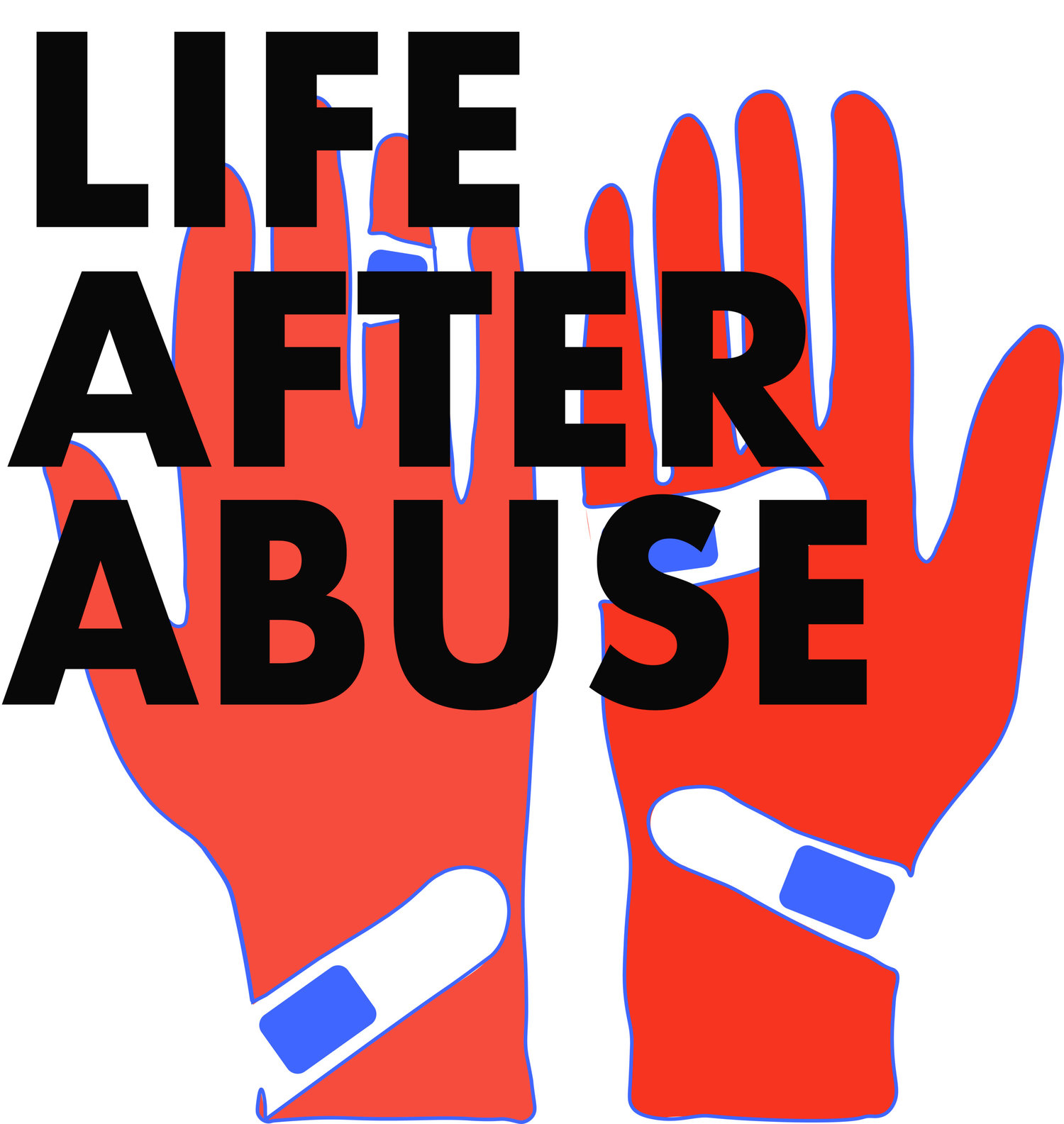The SARE Trial: Yes, We CAN Decrease Rape on Campus
We need many prevention strategies to decrease the prevalence of rape. These strategies need to begin as early as middle school as adolescents begin to become more sexually aware. Our kids need tools on how to navigate sexual relations and positively understand their sexuality, and responsibility to others in this context. We need to invest in good research to see what works. Interestingly, there is already data to support approaches that work. This blog will highlight the SARE trial.
What were the Results?
Within the 1 year evaluation period the following statistically significant findings were seen favoring the Resistance Group:
46% Risk reduction of completed rape
63% Risk reduction of attempted rape
50% Risk reduction of any rape
35% Risk reduction in attempted coercion
34% Risk reduction in nonconsensual sexual contact
******************************************
The Sexual Assault Resistance Education (SARE) Trial
Purpose of the SARE Trial:
Determine if a programatic intervention given to freshman females in the university setting decreased the risk of a completed rape
Overview:
Open-label, randomized, controlled trial
Participants: first-year female students, 17 to 24 years of age
Location: One large university in western Canada and two midsized universities in central Canada
Data collection dates: Sept. 2011 to February 2013
Two groups: Resistance and Control
893 women were evaluated, with equal control and resistance groups
All the participants were surveyed before the sessions and at 1 week, 6 and 12 months
What were the interventions?
Four 3-hour units that involved:
Information-providing games
Mini-lectures
Facilitated discussion
Application and practice activities
Unit 1 (Assess) focused on improving women’s assessment of the risk of sexual assault by male acquaintances and developing problem-solving strategies to reduce perpetrator advantages.
Unit 2 (Acknowledge) assisted women to more quickly acknowledge the danger in situations that have turned coercive, explore ways to overcome emotional barriers to resisting the unwanted sexual behaviors of men who were known to them, and practice resisting verbal coercion.
Unit 3 (Act) offered instruction about and practice of effective options for resistance; this unit included 2 hours of self-defense training based on Wen-Do.30 The unit focused on common sexual assault situations involving acquaintances and defense against attackers who were larger than the woman.
Unit 4 (Sexuality and Relationships) aimed to integrate content from the previous units into participants’ sexual lives by providing sexual information, including the slang and scientific terms for a wide range of possible sexual activities beyond intercourse and health and safer-sex practices, and a context to explore their sexual attitudes, values, and desires and to develop strategies for sexual communication.
The Control Group Program:
Brochures on sexual assault were displayed similar to campus clinics and counseling centers. The brochures contained general information on sexual assault and post-rape legal and medical advice
A research assistant was available to:
Inform participants about the brochures
Invite them to take them and read them
Answer questions in the group session (15 minutes) or privately after the session
How were outcomes measured?
Information on sexual victimization was collected with the use of the Sexual Experiences Survey–Short Form Victimization (SES-SFV), the most widely used measure in sexual assault research.
What were the Results?
Within the 1 year evaluation period the following statistically significant findings were seen favoring the Resistance Group:
46% Risk reduction of completed rape
63% Risk reduction of attempted rape
50% Risk reduction of any rape
35% Risk reduction in attempted coercion
34% Risk reduction in nonconsensual sexual contact
Other Key Findings:
The benefit of the resistance program occurred early, and its efficacy was sustained throughout the 1-year follow-up period
Only 22 women would need to take the program in order to prevent one additional rape from occurring within 1 year after participation
The 1-year risk of completed rape in the control group was nearly four times as high among previously victimized women as among women with no history of victimization (22.8% vs. 5.8%)
Despite the elevated risk among previously victimized women, the resistance group had a lower 1-year risk of completed rape than the control group (relative risk reduction, 25.1%).
Life After Abuse Note: It is constantly demonstrated that girls/young women who have suffered previous abuse/assault are more likely to be re-victimized. It is imperative that we get these women the care and support that they need as they recover from trauma to minimize their chances of re-victimization.
Key Takeaways from the Study:
The study demonstrated the effectiveness of an intensive programatic intervention in reducing rape.
The authors believe that this had to do with more focus on prompting women to escalate resistance in response to a perpetrator’s perseverance, and the addition of positive sexuality content. Women may have been more able to detect aggressive behavior and interrupt it.
The researchers believe that the 1 year sustained impact of the intervention is important since rapes usually happen in the early college experience.
They also acknowledged some limitations of the intervention. It requires time and resources. It also did not involve the impact of looking at changing male behavior.
I would like to thank the researchers and participants who have furthered the knowledge on rape prevention.
I encourage you to read the full article in the New England Journal of Medicine.
Reference: https://www.nejm.org/doi/full/10.1056/NEJMsa1411131



